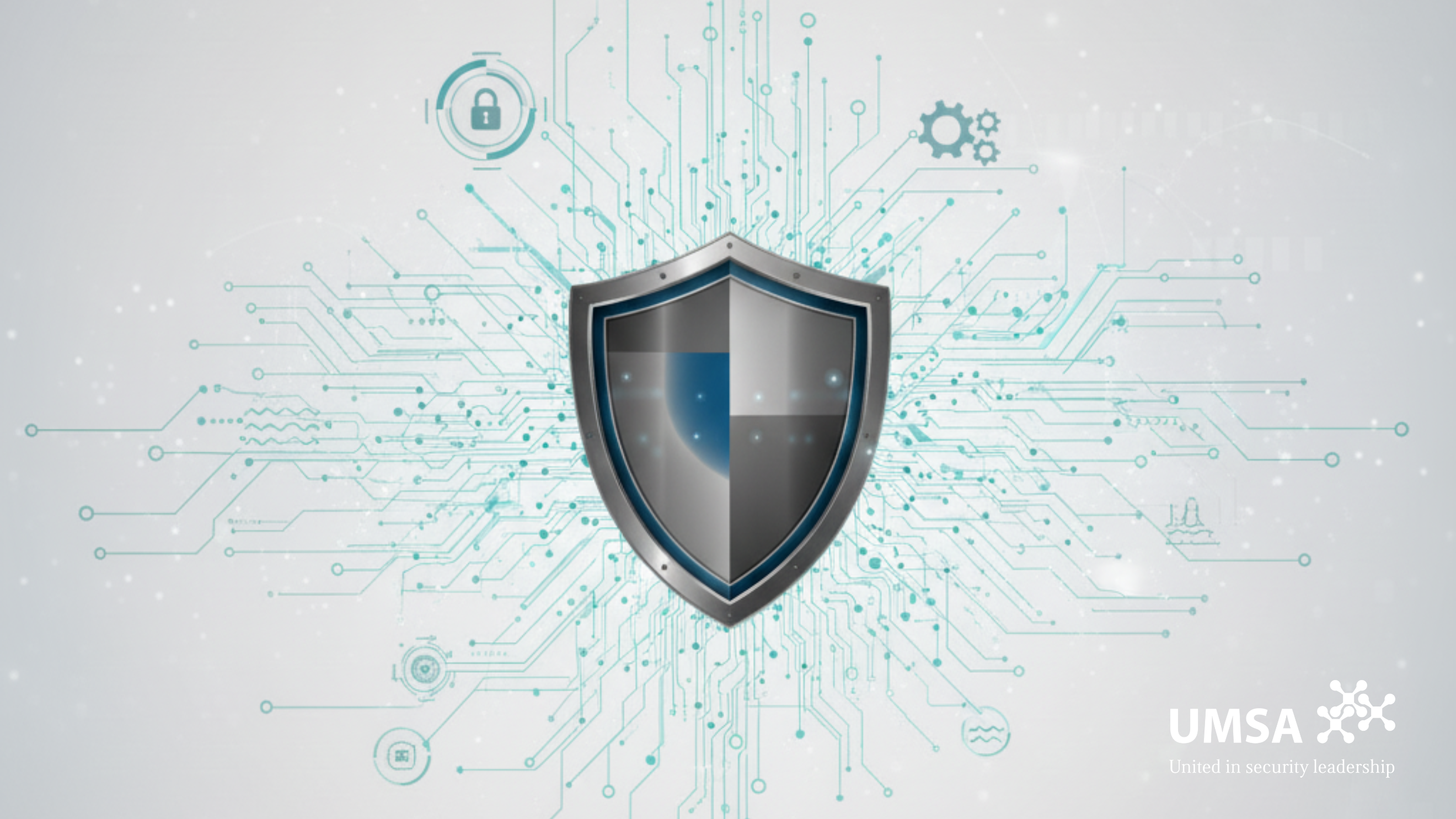From Incident Response to Enterprise Continuity: Closing the Cyber Gap

Banner image generated by AI
Author: Marie Strawser, UMSA Managing Director
September 25, 2025
For years, organizations have invested in incident response (IR) as the frontline of cybersecurity—deploying technology, building response teams, and refining processes to contain threats quickly. But executives know that today’s cyber risks extend far beyond IT.
 A ransomware attack doesn’t just disrupt servers—it halts operations, delays revenue, and damages brand trust. A data breach doesn’t end with system recovery—it triggers regulatory exposure, shareholder scrutiny, and reputational fallout.
A ransomware attack doesn’t just disrupt servers—it halts operations, delays revenue, and damages brand trust. A data breach doesn’t end with system recovery—it triggers regulatory exposure, shareholder scrutiny, and reputational fallout.
The gap between incident response and enterprise continuity is among the most urgent challenges facing leadership teams today. Closing it requires shifting cybersecurity out of a purely technical silo and embedding it into the broader strategy of business resilience.
Why the Gap Matters for Leaders
Executives and boards are no longer asking only: “Are we secure?” The real questions are:
- “Can we continue serving customers during and after a cyber crisis?”
- “How quickly can we restore critical operations while protecting revenue and reputation?”
- “Do our continuity plans reflect cyber-driven disruption?”
Incident response alone doesn’t answer these questions. A coordinated enterprise continuity approach does.
Enterprise Continuity: The Executive View
 Enterprise continuity elevates the conversation from technical recovery to business survival and strategic resilience. It focuses on:
Enterprise continuity elevates the conversation from technical recovery to business survival and strategic resilience. It focuses on:
- Protecting critical business functions – not just IT systems.
- Coordinating enterprise-wide decision-making – from legal and compliance to customer relations.
- Safeguarding brand trust – through proactive, transparent communications.
- Aligning cybersecurity with enterprise risk management (ERM) – so leaders have a clear view of exposure and readiness.
For executives, this isn’t just an operational issue; it’s a governance imperative.
Closing the Cyber Gap: Leadership Actions
- Unify Plans Under One Playbook
Demand integration of cybersecurity incident response, disaster recovery, and business continuity into a single enterprise-level strategy. This ensures alignment across IT, risk, and operations. - Tie Cyber Resilience to Business Outcomes
Move beyond technical metrics like “time to detect.” Ask for measures tied to business impact—such as time to restore critical services, customer experience recovery, and compliance with regulatory deadlines. - Elevate Crisis Communications
Ensure your continuity framework includes clear communication strategies for customers, regulators, employees, and shareholders. Silence or missteps in messaging often cause more damage than the incident itself. - Mandate Cross-Functional Exercises
Sponsor enterprise-wide simulations that involve executives, boards, and frontline teams. Testing the organization’s ability to navigate a ransomware or breach scenario builds confidence and exposes hidden vulnerabilities. - Make Resilience a Board-Level Priority
Just as financial and operational risks demand board oversight, so does cyber resilience. Ensure regular reporting that connects cybersecurity readiness with overall business continuity and risk posture.
The Payoff for the Enterprise
 Organizations that close the cyber gap position themselves to:
Organizations that close the cyber gap position themselves to:
- Recover faster and reduce financial loss during disruptions.
- Preserve customer trust by maintaining service continuity.
- Demonstrate governance maturity to regulators, partners, and shareholders.
- Shift from reactive crisis management to proactive resilience.
Conclusion
Executives don’t need to become cybersecurity experts—but they do need to ensure cybersecurity is fully integrated into continuity and resilience planning.
Closing the gap between incident response and enterprise continuity transforms cyber events from existential threats into manageable disruptions. For leadership teams, it’s about protecting not just IT systems, but the very future of the business.
Resilience, after all, is not just about surviving the storm — it’s about leading through it with strength and foresight.


